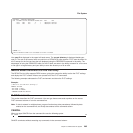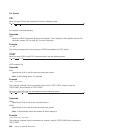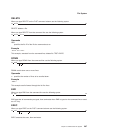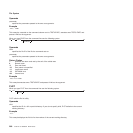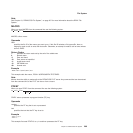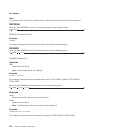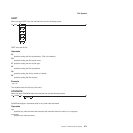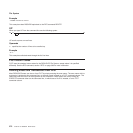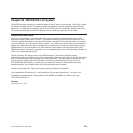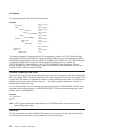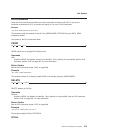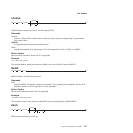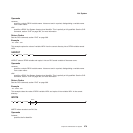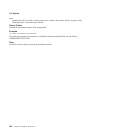
Chapter 20. REXX/CICS List System
REXX/CICS provides a facility for maintaining tables or lists of data in virtual storage. This facility is called
the REXX List System (RLS). This system provides management of lists of temporary system and user
information. The externals for accessing the RLS are the RLS and CLD commands, instead of RFS and
CD commands used with the REXX File System. Also, the RLS is for data only, not for execs.
Directories and Lists
RLS has one root directory. You access the RLS system by reading its anchor address from a CICS
temporary storage queue named *CICREX*. This queue contains one item after the first access of RLS.
This item contains the address of an area of 6 fullwords. It contains RLS control information and a pointer
to the root directory. The root directory RLS is named \. This directory can contain lists, saved variables, or
special lists called queues as well as subdirectories. A subdirectory is a directory within another directory.
Subdirectories can be created within any other directory. A new directory can be created with the RLS
MKDIR command. All directories, except the root, are distinguished by a one to 250 character directory file
name. This is called the directory ID.
One RLS directory that always exists is the USERS directory. This directory contains several
subdirectories which correspond to the users on the system. When you save a list into the RLS for the first
time, a new subdirectory may be created in the USERS directory. This new directory is named with your
user ID if you are signed onto CICS. Otherwise, the directory name defaults to the value in CICS
DFLTUSER. After this directory is created, you can create any number of subdirectories within that
personal directory. You can place lists in any of the directories that you create.
Lists are always data files. They use the same naming conventions as directories.
A fully qualified list ID consists of a \, each directory's ID in the path followed by a \, and the list ID.
The following example shows a fully qualified list ID. USERS and USER1 are directory ID's, and
TEST.DATA is the list ID.
Example:
\USERS\USER1\TEST.DATA
© Copyright IBM Corp. 1992, 2009 273



